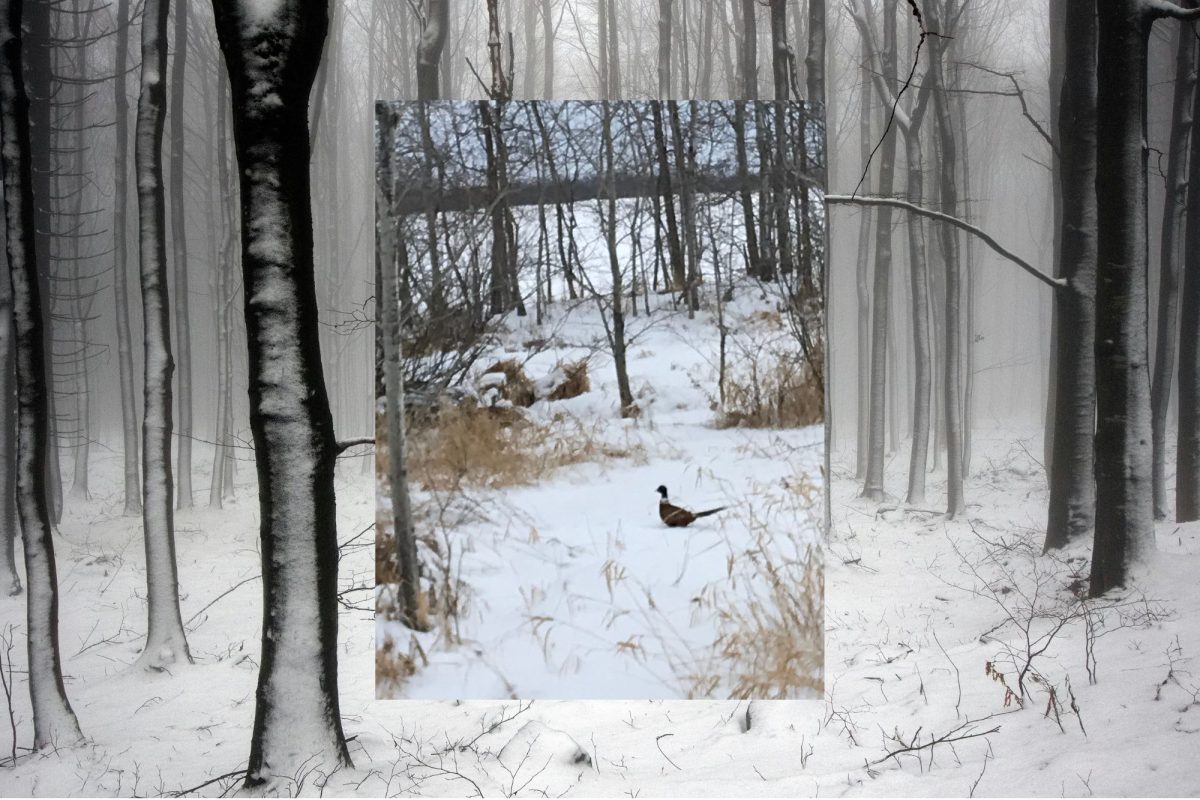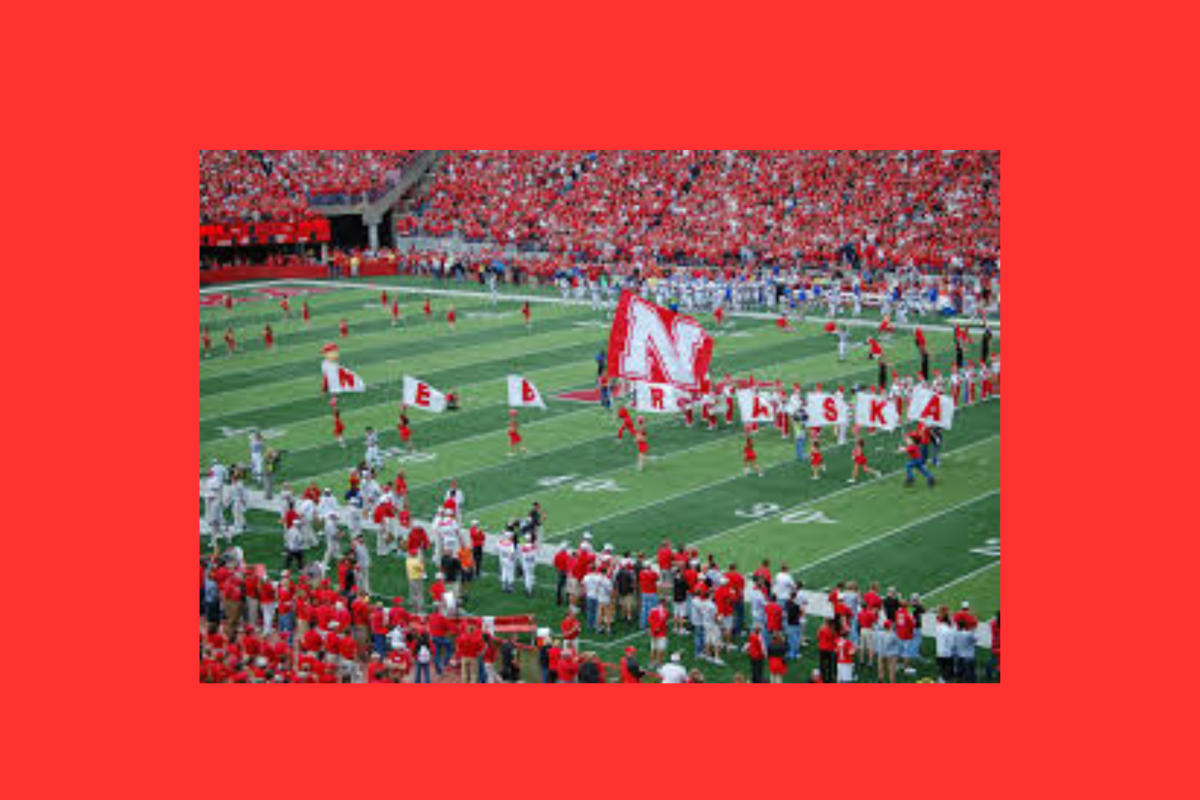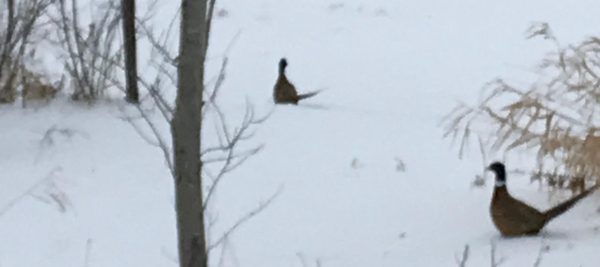
Pheasant Hunting in the Midwest has been in decline for the past decade among younger generations.
Pheasant Hunting has been a staple for many midwestern families for generations. The ring-necked pheasant was brought over to the US in 1881 from China. In 1898, they were introduced into South Dakota. Soon after, in 1905. They were introduced into Minnesota. Since peaking in 1941 with 1.8 million birds shot in Minnesota, the population started declining and hit an all-time low in the mid-1980s. Although it has fluctuated since then, it has never gone back to what it once was. This year, however, the population is up by nearly 50%.. This is due to a wild winter and a warmer spring.
Despite the Pheasant population growing, the number of hunters has been shrinking. The Minnesota DNR shows a significant drop in numbers. From 2007, the number of pheasant hunters has decreased from 118,000 to around 50,000. That is a 57.63% Decrease in 18 years.
The question is, why? Many reasons and factors have changed the minds of many hunters about pheasant hunting, leading them to quit altogether. One big reason is the loss of public land. According to Onxmaps, 248,000 acres of public hunting land have been lost, and if you don’t knock on doors and ask people for land, like most people don’t. You will not be hunting.
Another reason pheasant hunting has declined is that younger generations no longer hunt as much. I sent a Google Form to the student body of Sartell High School to gauge their interest in hunting and other related questions. 25 students responded to the form. These are the results.
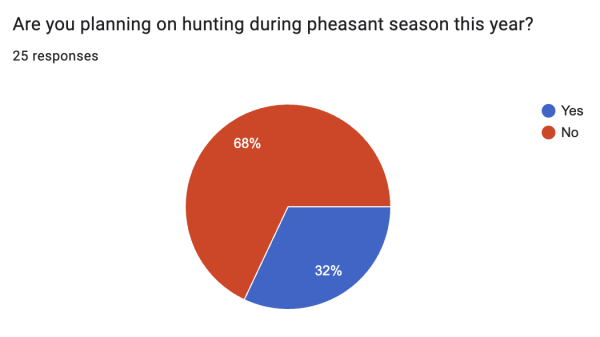
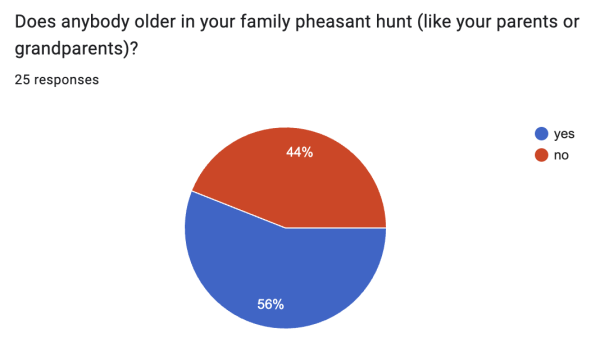
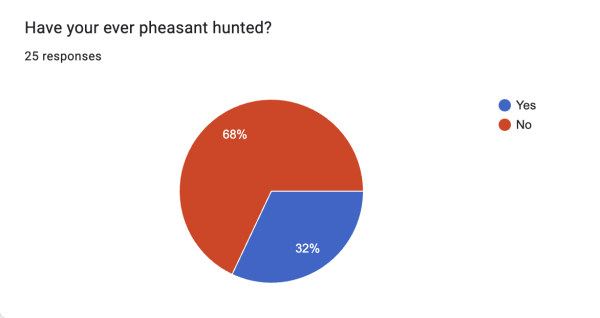
I was not surprised by the results. A lot of families have family members who used to pheasant hunt. The students who do pheasant hunts are a lot lower, showing that the younger generation does not hunt as much. The main reason this happens is that the parents of the kid don’t hunt, despite possibly their grandpa hunting years before, and it is very unlikely for the kid to pick up hunting if your parents don’t.
It is sad to see the decline of pheasant hunting, but hopefully, with the pheasant population going up, it might attract more hunters back to it.



